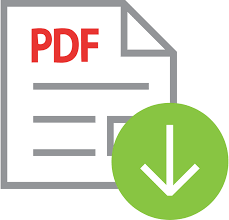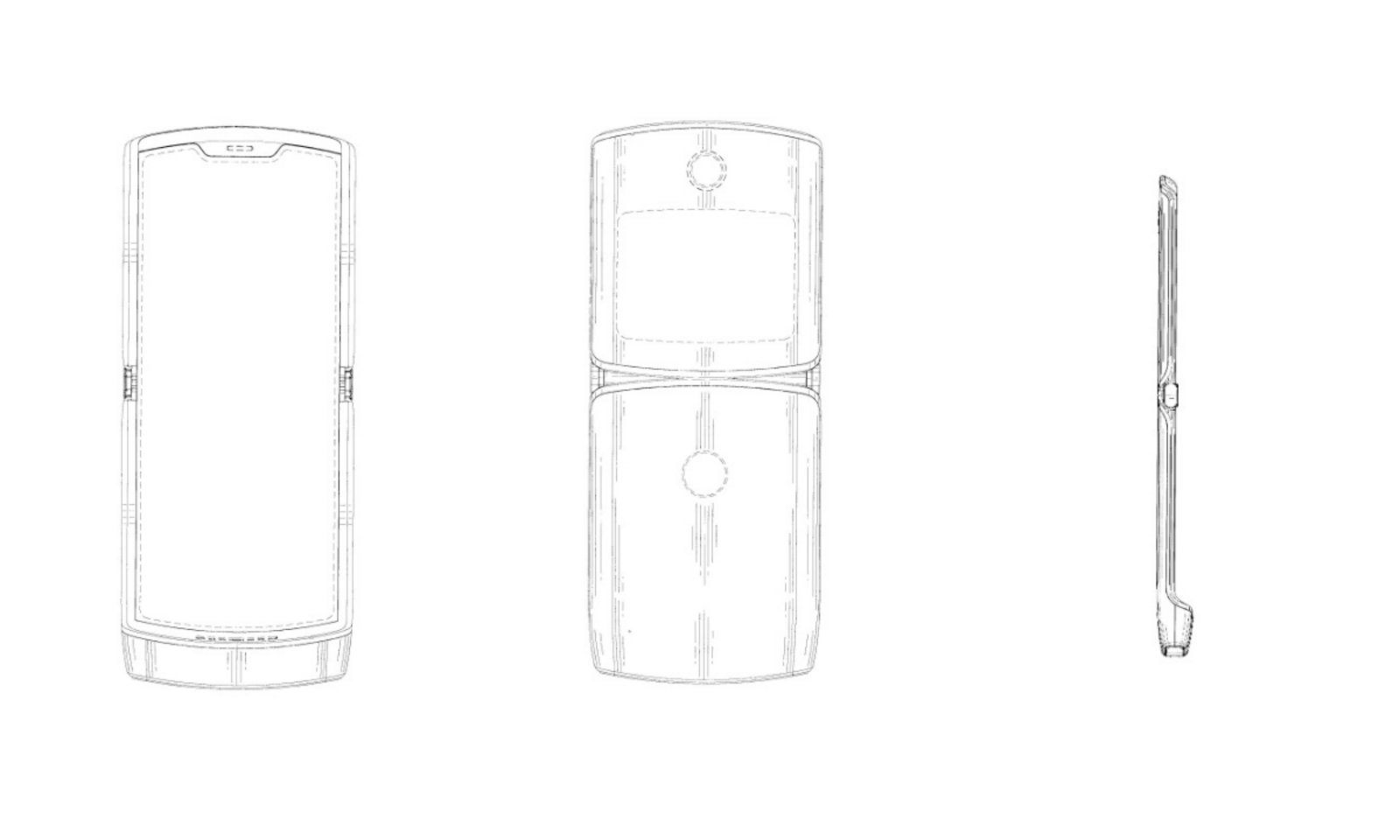Uber is already a very well established ride sharing platform that solves the problem of convenience. It’s especially useful when you have had one too many drinks and you don’t want to drive drunk….Which you shouldn’t!
Now, Uber is going a step further to explore the possibility of being able to detect a drunk passenger before he/she boards. This is according to a Patent application filed by Uber’s Trust & Safety team, which works to make the company’s products safer. (Download the full application document below)
The company is planning to use machine learning to try and detect unusual behavior and compare it to your usual behavior. They’ll be looking at information like location, data input accuracy, data input speed, interface interaction behavior, the angle at which the user is holding their device, or even the speed at which they’re walking.
For instance, If you’re in a location that’s known as a popular ‘night life’ spot at 1 a.m, you have several typos on the Uber app, and you’re walking way too slow, there’s a high chance that you’re drunk.
With this information, the company will be able to match a drunk Uber passenger with an experienced, highly disciplined driver who is capable of handling drunk passengers. Drunk passengers might also be required to pay higher fees.
The system will also notify the driver of the passenger’s state so that they decide whether they’re ready for the adventure. Some drivers don’t want a drunk Uber passenger.
This move is an obvious response more than 100 cases reported of Uber drivers taking advantage and assaulting drunk passengers. There are also cases of passengers assaulting drivers when they’re are drunk.
Uber has said before that they want to be part of the solution. In an industry that matches strangers to provide services, software and artificial intelligence could go a long way in making the system safer.
The Patent application filed at United States Patent and Trademark Office (USPTO) has not been approved yet. It’s going to be an interesting debate between safety and user data privacy; a very 2019 statement.
Download the full Patent application here:


